Quang Nam is the traditional mascot of Hoi An during the Mid-Autumn Festival. Thien Cau looks more ferocious than the unicorn and dances based on martial arts moves.
During the Mid-Autumn Festival, on the streets of many provinces and cities, there are magnificent and beautiful lion and dragon dances. But until the second half of the 20th century, there was no lion or dragon dance in Hoi An. Hoi An residents were only familiar with the Thien Cau dance, according to the website of the Quang Nam Provincial Cultural Center.
"The Celestial Dog or dog of heaven is the traditional mascot of Hoi An," said Nguyen Hung (50 years old), an artisan with more than 30 years of experience making Celestial Dogs in Hoi An. Celestial Dogs appear in legends of many Eastern and Western countries related to solar and lunar eclipses, the phenomenon of swallowing and spitting out the moon, which is a sign of good harvests, according to the Quang Nam Province Geography and Tourism portal.
Thien Cau looks more ferocious than the unicorn with a large horn on top of its head, curved forward, a mirror in the middle of its forehead to ward off evil spirits, gills, fish eyes, thorny eyebrows, and a large, bulging nose. "Thien Cau looks older and more serious than the unicorn, its jaw is lowered like it's pouncing, while the unicorn's jaw is raised high," said Mr. Hung.
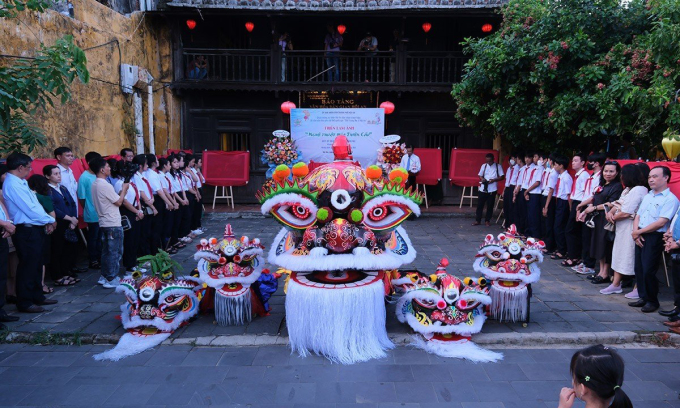
The Thien Cau, created by Mr. Hung, is placed at the Thien Cau photo exhibition by photographer Quang Hai in the grounds of the Hoi An Museum of Folklore, on the afternoon of September 27. Photo: Nguyen Dong
Thien Cau Dance is a type of folk dance with a long history, related to the dream of a full moon, favorable weather, and bountiful harvest of farmers. Thien Cau Dance is associated with the Mid-Autumn Festival, an important time in the agricultural calendar, especially the rice season. In addition, trading activities in Hoi An ancient town used to be very developed, Thien Cau Dance also has the meaning of praying for blessings and fortune, so it is seen during Lunar New Year or store opening ceremonies.
According to Mr. Hung, in the past, Hoi An had more than 20 households making lion heads and Thien Cau, but now he is almost the only one who sticks with the profession. Mr. Hung's establishment in Group 8, Trang Keo Village, Cam Ha Commune, Hoi An City, makes heads all year round but the peak season is still the Mid-Autumn Festival.
The process of making a Thien Cau head is quite similar to making a unicorn head, only different in a few details when framing to create the unique features of the two mascots, Mr. Hung said.
"The beauty of the head depends on the frame," according to Mr. Hung. The materials used to create the frame of a Thien Cau head include aluminum rims, thin bamboo, rattan, and tape. All bamboo sticks used to make the head must be bent by hand to be evenly curved and symmetrical, then tape or rattan must be used to make the joints. The completed frame must ensure symmetry, with small, delicate joints, and clear convex and concave lines.
The next step is to glue all the bamboo bars in the frame, then use a stretched cloth to cover the entire frame. The fabric used is thin, sparse, and stretched over the frame to make it faster and more beautiful, helping the head to be sturdy and not tear or split when dancing. Then the craftsman spends about two hours to cover the paper. Because the head of the dog has a lot of curvature, the paper is cut into small pieces, coated with milk glue, and then glued one piece at a time until it is completely covered. The next step is to apply primer to cover the edges of the paper pieces, while also helping the paint layer to be brighter, more beautiful, and more durable.
The most important step, requiring the creativity and aesthetic taste of the maker to create a beautiful head, is painting and drawing patterns. The spirit of Thien Cau is concentrated in the head with colors symbolizing the five elements. The fire pattern is a traditional pattern to create the vivid, strong look of Thien Cau heads. Therefore, the colors used are often red, yellow, blue, white, black, Mr. Hung said. Thien Cau's lower jaw is a piece of cardboard with white strips attached to act as a beard.
Visiting Mr. Hung's facility on September 20, Nguyen Dinh Hoang Khanh (29 years old, Ho Chi Minh City) said this was the first time he heard of this mascot. "The Thien Cau and the unicorn look similar at first glance, but upon closer observation, the Thien Cau looks more ferocious and majestic with horns and eyes that look like they are glaring," he said.
Khanh was particularly impressed with the large Thien Cau head, about 2 meters long, with a 15 meter long tail. Mr. Hung said this head will participate in the parade on September 28 (August 14 of the lunar calendar) in Hoi An ancient town.
The tail of the Thien Cau is a strip of red or yellow cloth, with dragon-shaped tassels on both sides and a bunch of leaves tied behind. Compared to the lion's tail, which is only about 2 meters long, the Thien Cau's tail is up to 5 meters long. Therefore, the Thien Cau dance has more difficult movements and stricter requirements than the lion dance, said a representative of the Dinh Lang lion and dragon dance troupe (Hoi An), which was established 14 years ago.
The Thien Cau dance has a different way of playing drums and cymbals than the later introduced unicorn or lion dance. A Thien Cau dance includes many movements and performances: walking, standing, jumping, sleeping, waking up, biting children to ward off wind, licking the gate to ward off evil spirits, bowing and praying for blessings, eating leaves, drinking water, eating prizes, ascending to heaven and breathing fire, competing with Hong Hai Nhi. Dancing with Thien Cau is Ong Dia, who is disguised as having a big belly, holding a fan in his hand, and carrying a command flag on his back.
The difficulty that makes the Thien Cau dance special is that "the dancer must understand the characteristics of this mascot, and perform movements according to martial arts techniques," this representative shared. Thien Cau dances become more lively thanks to facial gestures to express different emotions. Depending on each dance, when happy, they will wag their ears, when fierce, they blink their eyes and open their mouths.
The Heavenly Dog Dance requires from several dozen to nearly a hundred people depending on the number of heads and scale. On average, 4 Heavenly Dog heads and a flying dragon require 30 people including the dancer, the person dressed as the Earth God and the drum team.
Working in Hoi An since 2020, Vu Thi Quynh Mai (32 years old, Hai Phong) has been able to admire many Thien Cau dance performances in the old town area. Thien Cau dance is loved by Hoi An people. Every time there is a dance troupe, "not only children but also adults enjoy watching. Many people on motorbikes also find a place to stop," she said. Mai commented that although the Mid-Autumn Festival atmosphere in Hoi An is not too bustling, it still retains many traditional cultural features.
Once an international trading port, the Mid-Autumn Festival in Hoi An has an intersection between traditional indigenous culture and Chinese and Japanese culture, creating a unique identity. Among them, the Thien Cau dance is an ancient art form that is still preserved to this day and has become a unique cultural feature that makes up the soul of the Mid-Autumn Festival in Hoi An, according to the website of the Quang Nam Provincial Cultural Center.
In February this year, the Ministry of Culture, Sports and Tourism recognized the traditional festival, social customs and beliefs of the Mid-Autumn Festival in Hoi An as a National Intangible Cultural Heritage.
On September 26 - 30 (August 12 - 16 of the lunar calendar), the Mid-Autumn Festival Quy Mao - Hoi An 2023 will take place in Hoi An ancient town. Especially on September 28 (August 14 of the lunar calendar), at Hoi An park, the ceremony to receive the title of the 7th National Intangible Cultural Heritage, Traditional Festival, Social Customs and Beliefs of the Mid-Autumn Festival in Hoi An will take place.
Visitors can buy lion heads and Hoi An Thien Cau heads in various sizes and prices. On average, the price of a small head ranges from 70,000 to 100,000 VND, a medium head is about 250,000 to 400,000 VND and a large one is about 5 - 6.5 million VND. A mask of Ong Dia costs about 50,000 to 70,000 VND.
Appearing before the 20th century and preserved to this day, Thien Cau dance is not only a typical folk performing art of Hoi An during the Mid-Autumn Festival but also a part of the childhood memories of Hoi An people.
Quynh Mai
Source link



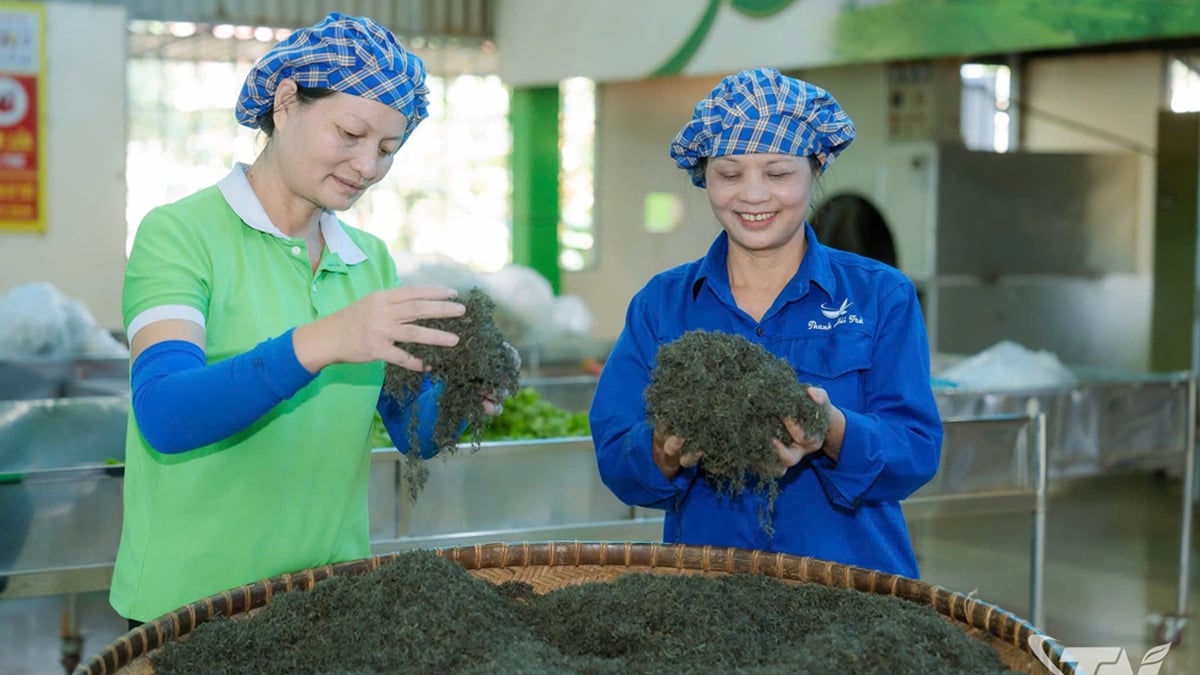

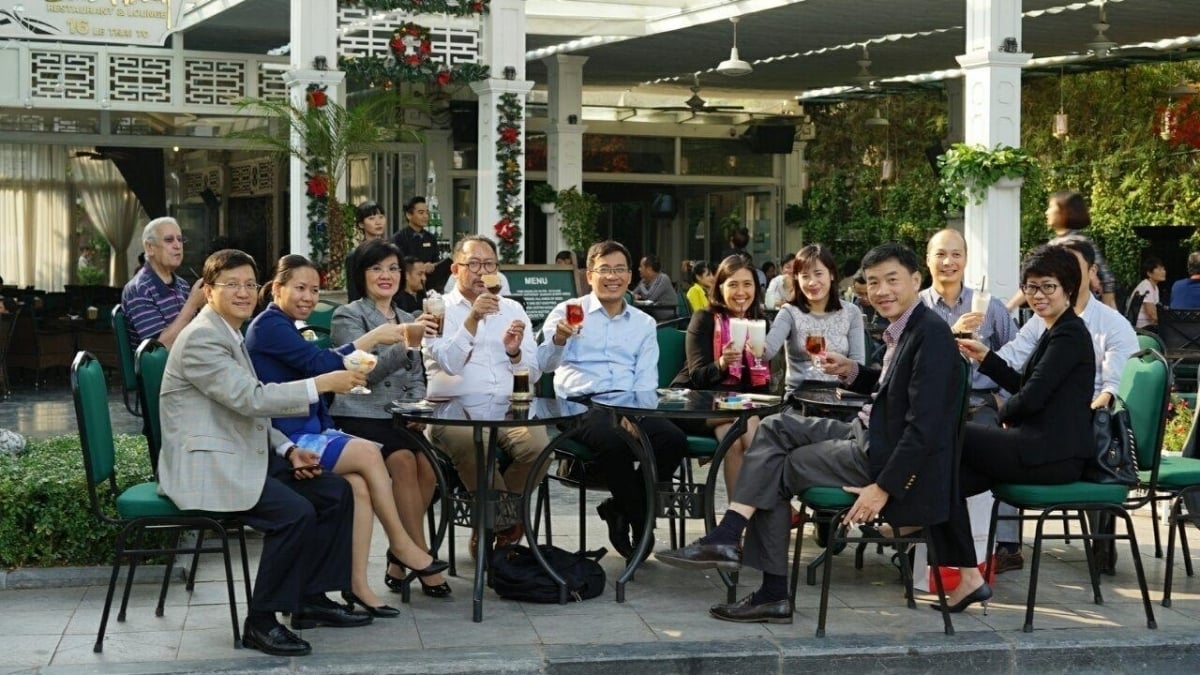





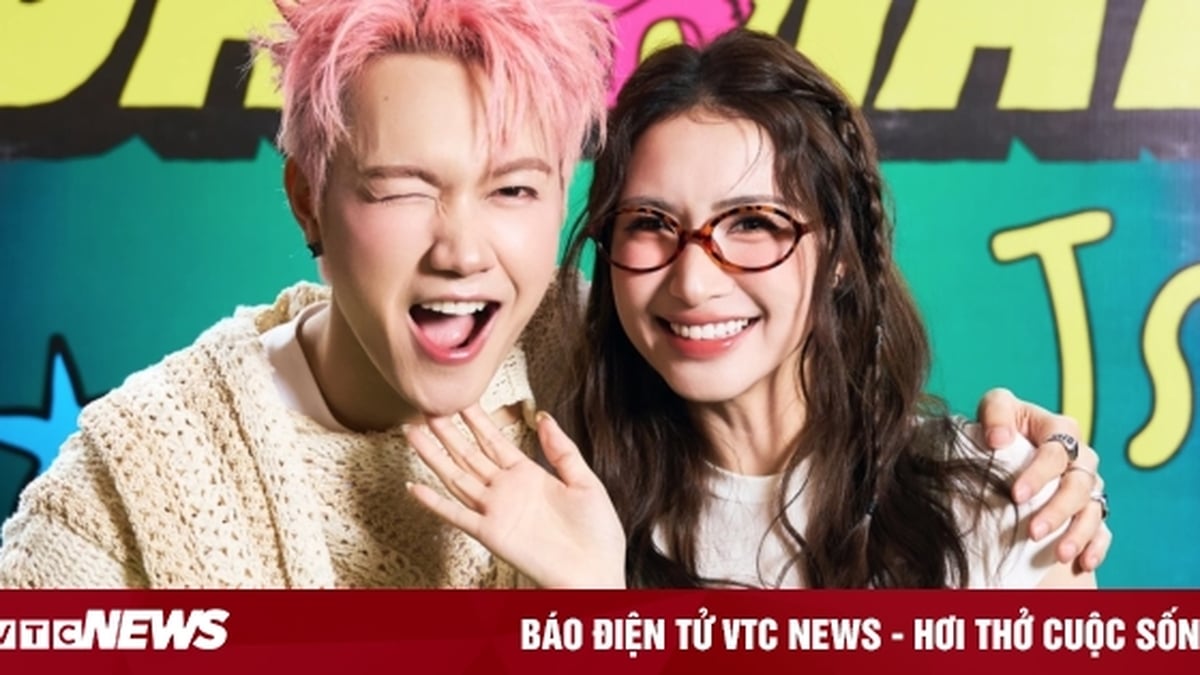


































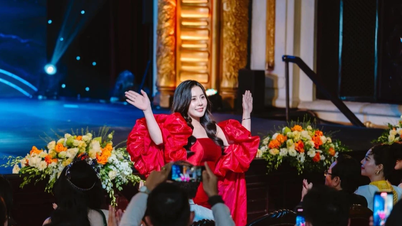















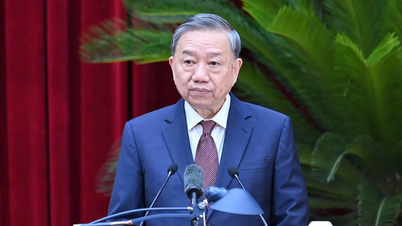
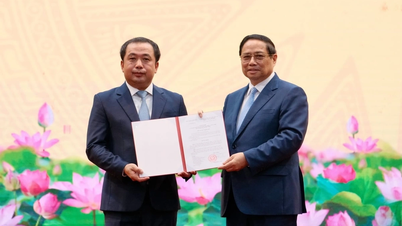
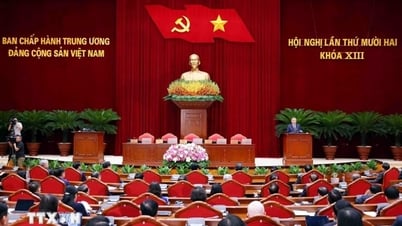





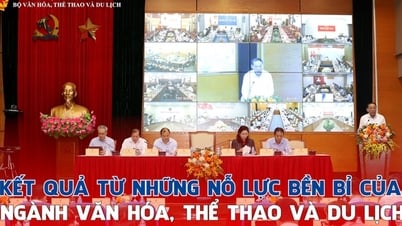
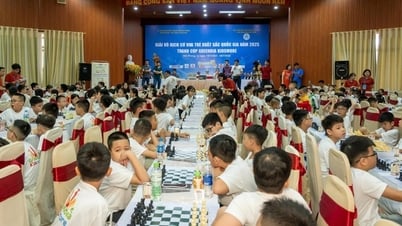
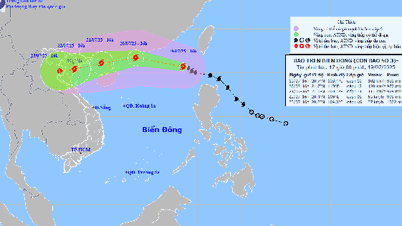

























Comment (0)